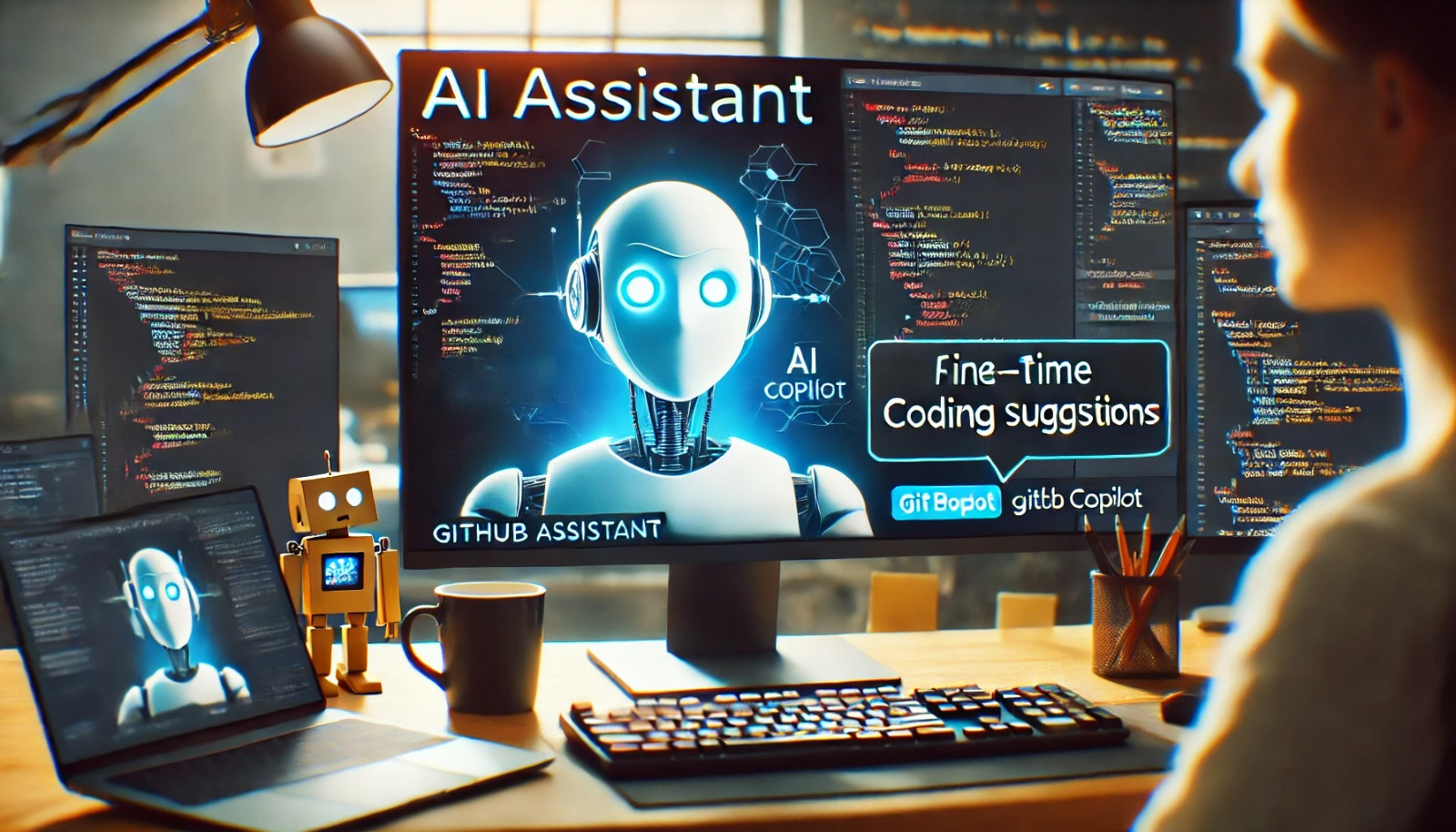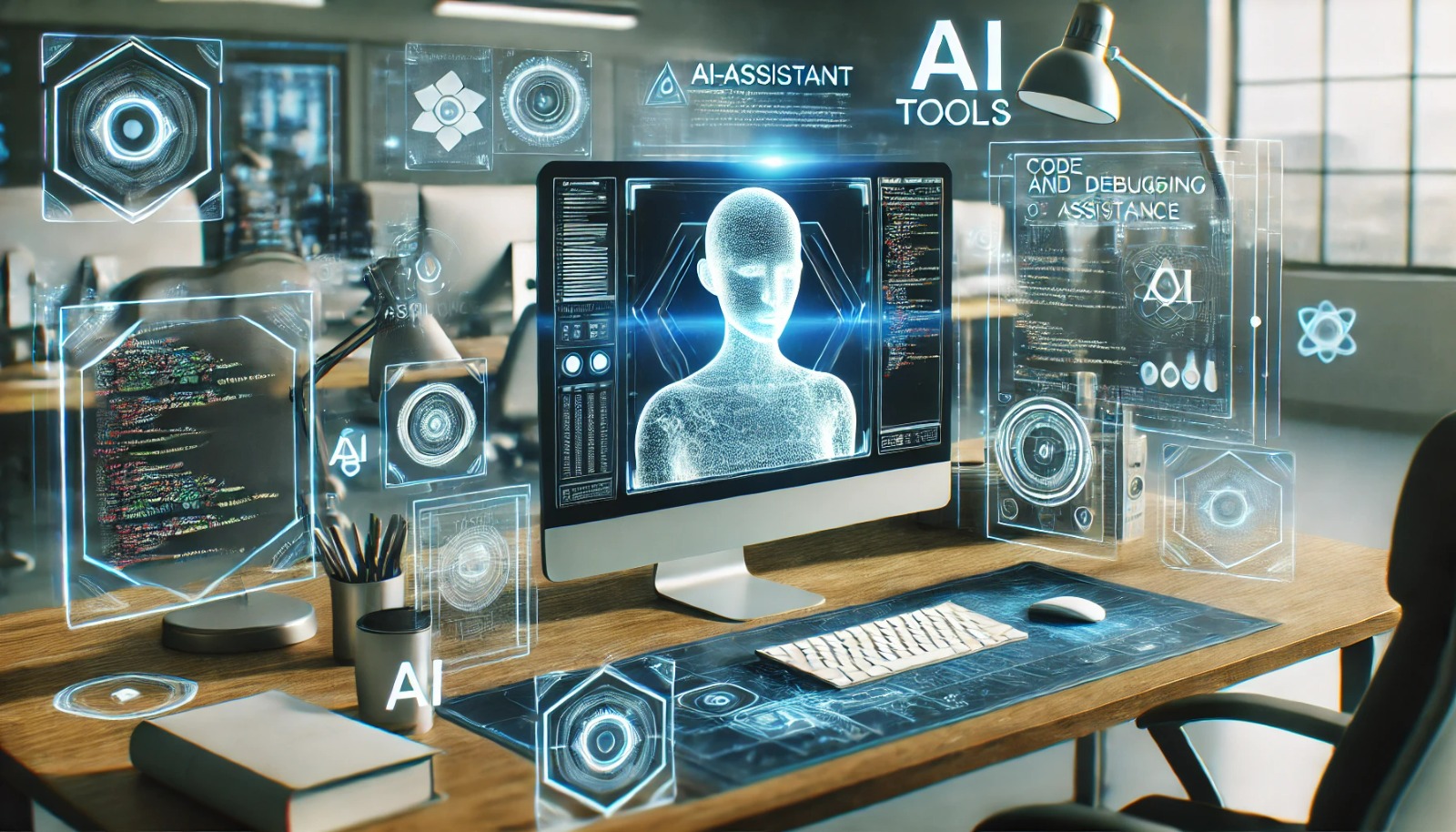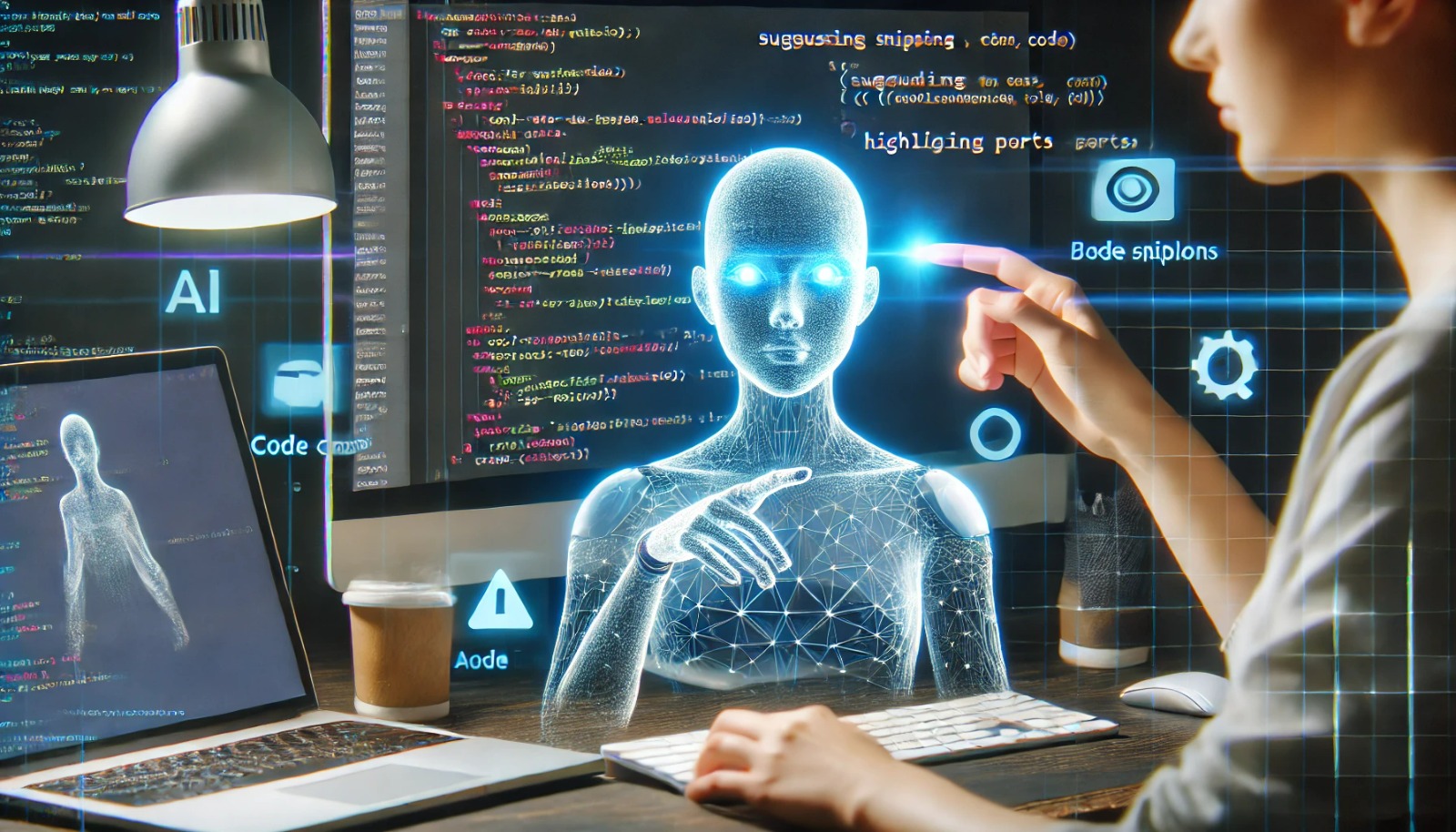How Generative AI is Transforming Software Development: What Developers Need to Know ?
Generative AI is one of the most exciting advancements in technology today, transforming everything from content creation to medical research. For software developers, however, it’s more than just another trend; generative AI is rapidly becoming an essential tool that is revolutionizing how they work.
In this article, we’ll explore how generative AI works in software development, the benefits and challenges it brings, popular tools you can use today, and what the future holds for this powerful technology.
1. What is Generative AI?
Generative AI refers to a type of artificial intelligence that can create original content, like text, images, and even code. While traditional AI relies on programmed rules and conditions, generative AI models learn from vast datasets to produce unique, intelligent outputs based on that data. This evolution has paved the way for groundbreaking uses in software development, where AI can now assist with everything from generating functions to constructing entire applications.
Generative AI is a tool for developers, designed not to replace, but to elevate their work. It opens doors to efficiency and creativity like never before.
These capabilities are powered by large language models (LLMs), such as OpenAI’s GPT-4, which interpret user prompts and generate relevant outputs in real time. With these tools, developers can now type a command, such as "write a function to sort an array," and receive an AI-generated code snippet.
2. How Generative AI Works in Software Development
Generative AI operates on complex algorithms and vast databases of code, allowing it to understand programming languages, syntax, and logical structures. Tools like GitHub Copilot and Tabnine use machine learning to generate accurate code suggestions based on context and user input. They can even suggest libraries, complete functions, or recommend ways to solve coding problems.
Imagine typing, “Create a function to calculate compound interest,” and seeing a complete function appear in your editor. That’s the power of generative AI—making coding more accessible, especially for beginners, while allowing seasoned developers to work faster and smarter.
Generative AI has brought coding assistance into the 21st century, giving developers a real-time coding companion that evolves with them.
3. Benefits of Generative AI for Developers
Generative AI is a powerful ally for developers, bringing a range of productivity-boosting benefits:
a. Enhanced Productivity
Generative AI can handle repetitive tasks, like boilerplate code, so developers can focus on complex and strategic aspects of their projects. This can lead to productivity gains, especially for high-stakes or large-scale applications.
b. Faster Debugging and Error Detection
AI models, trained on millions of code snippets, are well-suited to detect bugs and offer fixes. AI-powered debugging tools can quickly identify syntax errors, optimization gaps, and common bugs, saving developers hours.
Debugging with generative AI is like having a second pair of eyes on your code—always ready to find the problem and suggest a solution.
c. Learning Aid for New Developers
Generative AI can serve as a virtual mentor, helping beginner developers understand new languages and functions. With on-the-go coding assistance, new developers can experiment and learn faster.
d. Rapid Prototyping and Minimum Viable Product (MVP) Creation
Generative AI enables faster prototyping, allowing developers to quickly build, test, and iterate ideas. It’s ideal for generating minimum viable products (MVPs) without spending weeks on initial development.
4. Popular Generative AI Tools for Developers
Several generative AI tools are popular among developers, each bringing its own unique features and benefits:
GitHub Copilot
GitHub Copilot, powered by OpenAI, provides context-aware code suggestions directly in your code editor, including Visual Studio Code and Atom.
Tabnine
Tabnine offers a highly customizable AI code completion experience, tailoring its suggestions to your specific coding style and project needs.
CodeT5
An open-source AI model, CodeT5 is designed to support code generation and completion across various programming languages, including Python, Java, and JavaScript.
OpenAI Codex
Codex, the model behind GitHub Copilot, is another powerful generative AI that turns natural language into code. It can automate repetitive coding tasks and boost developer efficiency.
Using generative AI tools like Codex and Copilot feels like coding with a collaborator who anticipates your next move.

5.Challenges of Generative AI in Development
While generative AI brings substantial benefits, it also has limitations and challenges that developers need to consider:
a. Code Quality and Security
AI-generated code may not always meet optimal standards for efficiency, security, or readability. Developers must review AI-generated code thoroughly to ensure it’s secure and performs well.
b. Risk of Skill Erosion
With generative AI handling basic tasks, there’s a concern that developers, particularly beginners, may rely on AI too heavily, missing out on foundational coding skills.
Generative AI is a fantastic tool, but like any tool, it requires skillful use to avoid over-reliance and maintain high coding standards.
c. Ethical Concerns and Bias
Generative AI models can unintentionally reflect the biases found in their training data. Developers should use generative AI responsibly, especially when it comes to sensitive or ethical aspects of code.
d. Subscription Costs
Many generative AI tools, especially premium ones, come with subscription fees, which may pose a barrier for individual developers or smaller teams.
6. Best Practices for Using Generative AI in Development
To make the most of generative AI while addressing potential pitfalls, consider these best practices:
- Review and Optimize AI-Generated Code: Never assume AI-generated code is perfect. Always review and optimize it to meet your project standards.
- Use AI to Complement Your Skills: Let AI handle repetitive tasks, but avoid relying on it exclusively. Human expertise is still crucial for complex problem-solving.
- Consider Ethics and Bias: Be mindful of ethical considerations and strive to create inclusive, fair, and unbiased code.
- Experiment Freely: Generative AI is excellent for rapid prototyping. Experiment with new ideas, knowing that AI can help you bring them to life faster.
Think of generative AI as a creative assistant—one that amplifies your skills but doesn’t replace them.
7. The Future of Generative AI in Software Development
Generative AI is positioned to have a significant, lasting impact on software development. Here’s what the future may hold:
- Full-Stack AI Development: AI models could soon be able to generate both front-end and back-end code, producing entire applications from simple prompts.
- Increased Personalization: AI models will become more adaptive, tailoring their suggestions and outputs to individual developers’ preferences and projects.
- Deeper IDE Integration: Expect AI tools to become even more embedded within integrated development environments, offering real-time support for everything from syntax checking to code performance feedback.
As generative AI evolves, developers may find themselves focusing less on the ‘how’ of coding and more on the ‘what’ and ‘why’ of their projects.
As generative AI continues to advance, developers will likely spend less time on repetitive coding tasks and more on creative problem-solving, design, and innovation. AI is not a replacement for developers, but it’s certainly becoming an invaluable co-creator.

Final Thoughts
Generative AI has the power to revolutionize software development, making it faster, more efficient, and more accessible. By assisting with code generation, debugging, and even prototyping, generative AI can help developers bring their ideas to life quickly

